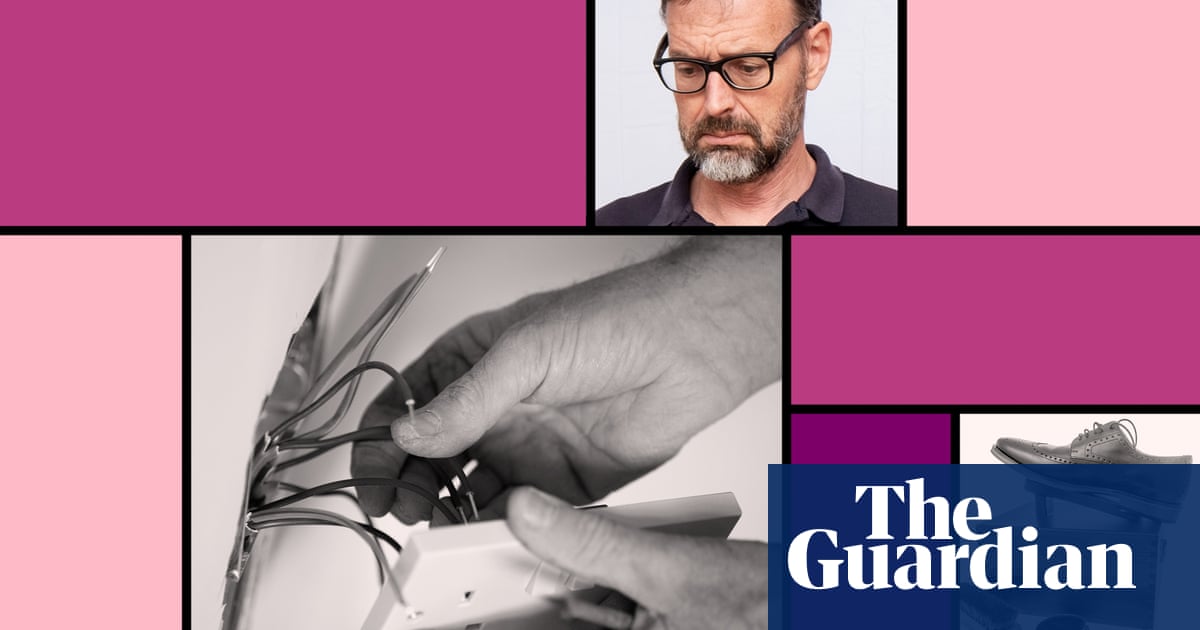
During the past 18 months we’ve collectively experienced more anxiety than we could ever have imagined, which ironically makes it fitting that our appetite for horror has increased. Anxious times demand anxious films.
Indie film-makers responded to the lockdowns by making horror films that reflected our mood: Ben Wheatley made the psychedelic earth-horror, Into the Earth, seeped in pandemic paranoia, and Rob Savage tapped into the horror of Zoom calls with Host. Big franchise releases such as The Conjuring: The Devil Made Me Do It, Spiral: From the Book of Saw and A Quiet Place Part II were pushed back to be released in cinemas, and did relatively well at the box office. But none have broken records like Halloween Kills, the 12th instalment in the long-running franchise, which was released both in cinemas and online. The film dominated the box office in its first weekend in US cinemas, taking in more than $50m. Streaming service Netflix also joined in, uploading six of the Halloween films in time for the new release.
Is there something in the franchise that speaks to the moment we find ourselves in? There are only two constants in a true Halloween film: Laurie Strode and Michael Myers (apart from the questionable Rob Zombie reboots and the third instalment, Halloween III: Season of the Witch). Well, that and the synthy goodness of John Carpenter’s original score.
The chief antagonist, Myers – in the 1978 film and in the reboots – is billed as The Shape. Nick Castle, who played him in John Carpenter and Debra Hill’s original, was directed to simply walk from A to B. No backstory. No emotion. No humanity. Myers has been subjected to endless attempts to bring him to an end, and yet he keeps on living, keeps on coming back to the same town, the same house.
And so does Strode, played since the original by Jamie Lee Curtis. While Myers remains an ageless shape hidden beneath the white William Shatner mask (in a fun touch, the mask ages), Strode has been carrying the burden of fear with her for 40 years. She is the beating heart of the films. While Myers might be the empty void of evil, she is a complete human being, flawed, bruised and clinging on to life. When I interviewed Curtis, she talked about the vulnerability of her unexpected heroine: “We have wanted to take care of her all these years.”
The palpable dread in Curtis’s performance has transformed over the years into something more empathic, something that we can connect with more intensely now that we too have been afraid so intensely of the world around us and of unstoppable forces. Strode knows that no matter where she is, the possibility of Myers appearing is never gone. Fear is a certainty that Strode has to live with – as do we.
Being scared has become the default for a lot of us, and it can feel right to latch on to supernatural stories when the natural world feels so out of control. Myers is the shapeless, faceless bogeyman on to whom we project our own personal anxieties. We can experience fear, and then most importantly the release of it, when we watch these films. The Halloween franchise always taunts us with the death of the bogeyman, but he’s never really defeated. And Strode still has to face him. That’s why we keep coming back to these films, because she reminds us that we need to keep facing our own fears head on.
Anna Bogutskaya is a film and TV critic, writer and broadcaster












